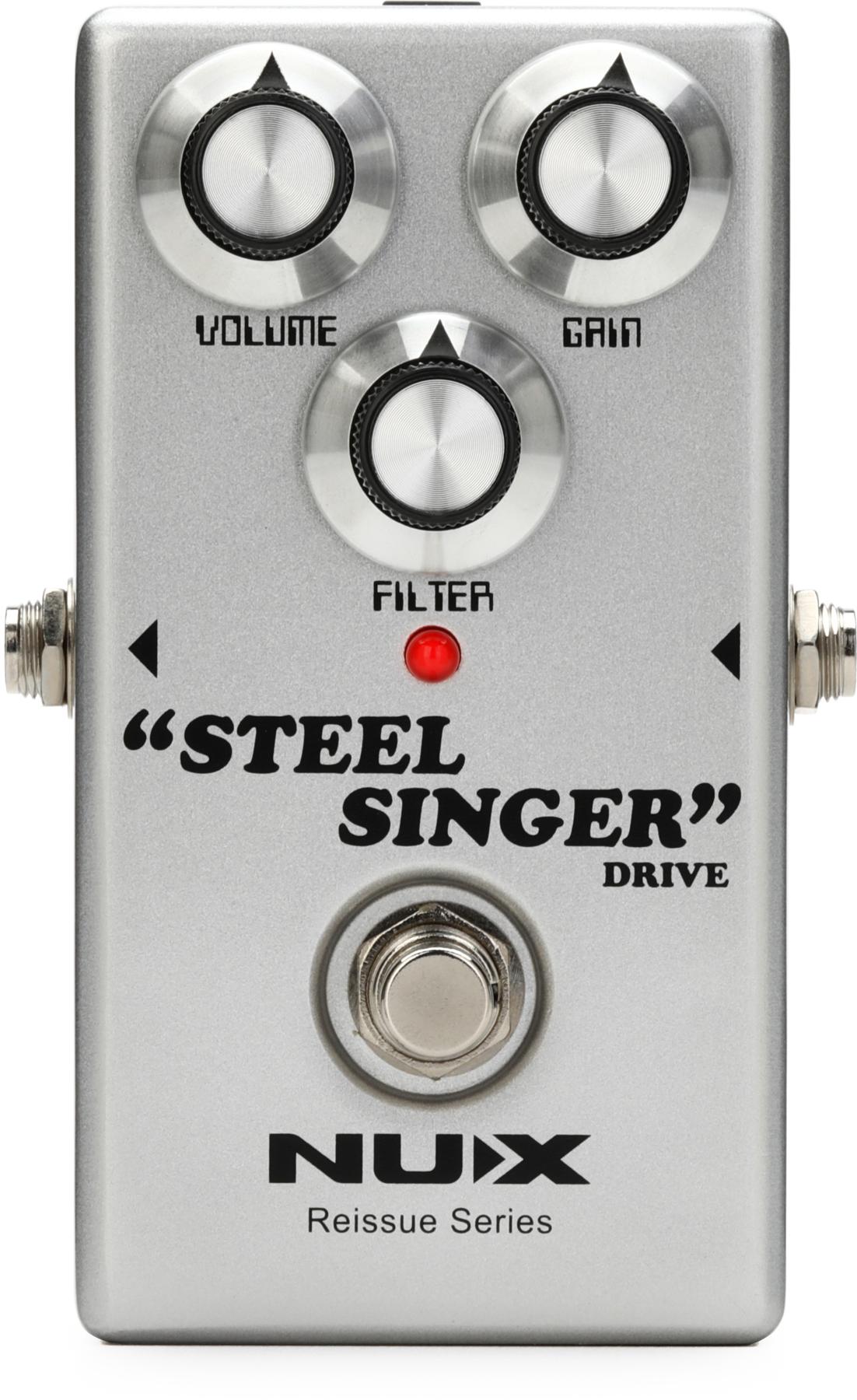Tampa, FL (January 13, 2021) -- Dean Guitars relaunches a true original with the Dime Razorback Rust electric guitar, which pays tribute to the late legend, Darrell “Dimebag” Abbott. Originally introduced as a limited U.S. custom run, the Dime Razorback Rust joins other signature Dimebag guitars in Dean’s Artist Series. Offering several custom appointments, including the unique rust graphic design and Seymour Duncan Dimebucker pickup, the Dime Razorback Rust is ready to take on any playing task at hand with style and tonal ferocity.
Dimebag Darrell Abbott was a true Dean artist with a ferocious passion for Dean Guitars. Through that passion, he became not only one of the most revered metal guitarists, but one of the most celebrated guitarists of all-time. His unique, powerful playing style is reflected in the Dime Razorback Rust, which boasts a one-of-a-kind look and feel that could only come from the minds of Dean and Dime.
The Dime Razorback Rust offers a 24 3/4-inch scale length, with an all-mahogany body and set-neck construction with dual-action truss rod. The flat top offers a beveled edge, creating a unique visual effect against the classic black sides and back. Performance follows design as the edgy aesthetic continues to the V-shaped, 3-piece mahogany neck with single-ply black binding. The rosewood fingerboard (14-inch radius) offers clarity and warmth, with 22 jumbo frets, and varying width measurements from the nut to the last fret. Starting with a traditional 1 11/16-inch neck width at the Floyd Rose R3 nut, the fretboard then broadens to 2.28 inches at the last fret, providing players more room for blistering solos in the high register. A pearl razor inlay at the 12th fret evokes Dime’s famous necklace and maximizes the signature appeal.
The Dime Razorback Rust is specially voiced for hard rock and metal. At the bridge, the custom Seymour Duncan Dimebucker™ SH13 uses a powerful ceramic magnet coupled with stainless steel blades to generate take-no-prisoners tonality. This humbucker leverages the secret to Dime’s crunch, with a small metal mass in the core that produces aggressive, high-output with treble bite and clarity, and punchy bass response for excellent dynamics. Meanwhile, the Seymour ’59 Model™ neck humbucker provides a slightly boosted high-end for improved pick-attack clarity and scooped mids that are great for preserving the clarity of notes in chords. Players can enjoy all the sonic versatility with simple controls, including a 3-way toggle switch; Dimebag Traction knobs for the neck and bridge volume as well as for tone; and a 500k audio taper pot.
Dean’s black hardware provides the finishing touch for both aesthetics and stability on the Dime Razorback Rust. The Floyd Rose 1000 bridge essentially locks the strings into place at both the bridge and the nut, preventing strings from sliding over the nut and providing tuning stability, even through unbridled use of the whammy bar. Grover tuners with 18:1 ratio provide finer tuning and string stability. Accessories include Dimebag Darrell’s signature HI-VOLTAGE Electric Guitar Strings from DR Strings and Dean’s hardshell case.
Dimebag Darrell’s legacy lives on with Dean’s Dime Razorback Rust, offering an unparalleled design, a vicious tone, and a MAP price of $1349 that’s sure to put a smile on any Dimebag fan’s face.
For more information:
Dean Guitars












![Rig Rundown: Russian Circles’ Mike Sullivan [2025]](https://www.premierguitar.com/media-library/youtube.jpg?id=62303631&width=1245&height=700&quality=70&coordinates=0%2C0%2C0%2C0)













